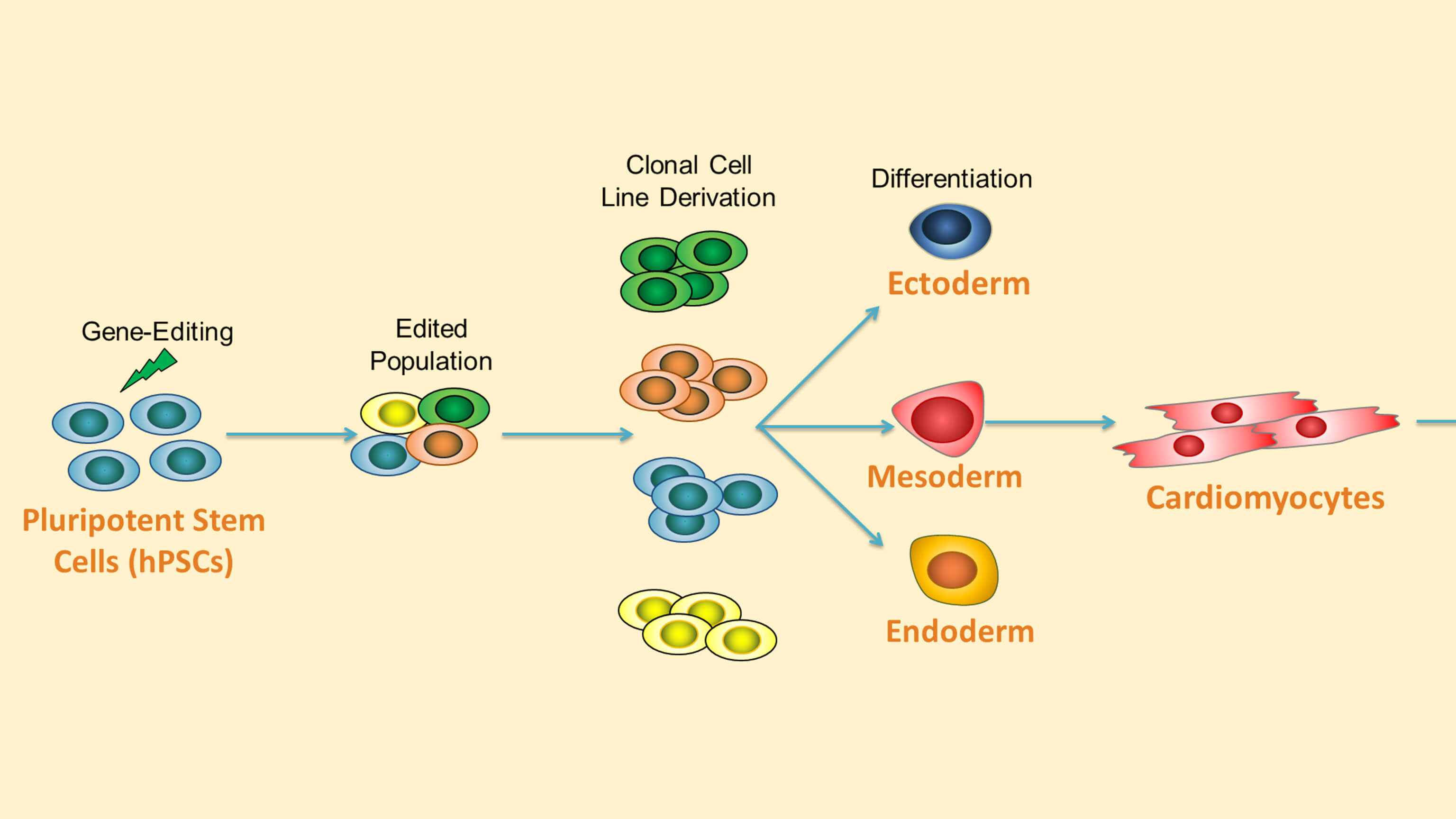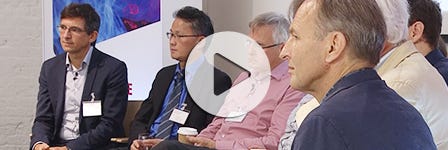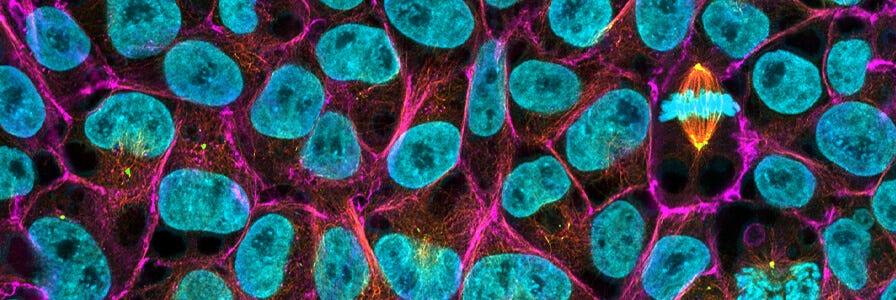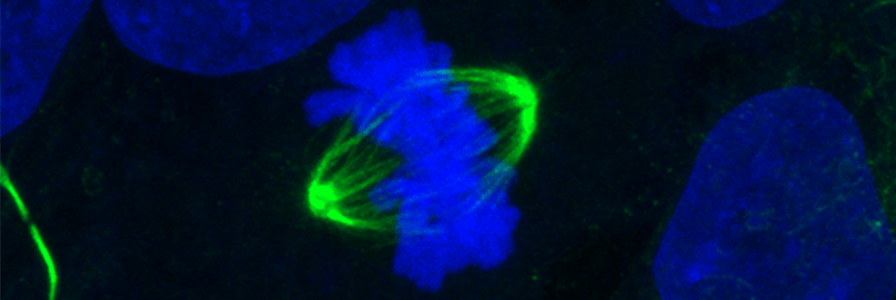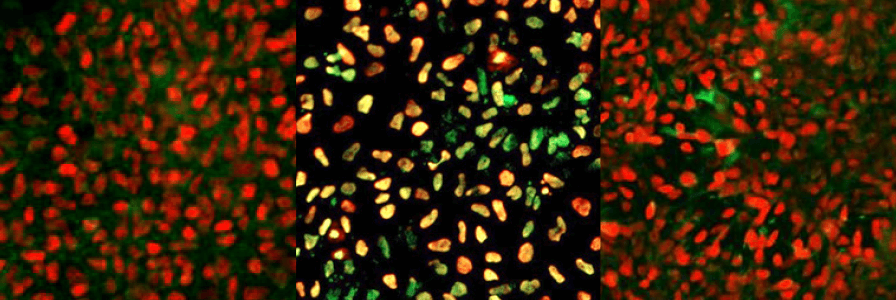Directed Differentiation and Disease Modeling
Human pluripotent stem cell (hPSC)-based models hold tremendous potential for studying human development and disease. Directed differentiation and disease modeling are two key methods for using hPSCs in drug discovery, cell therapy validation, and disease research.
- Directed differentiation of hPSCs refers to the in vitro differentiation of these cells toward a specific cell type through defined cell culture conditions. Directed differentiation is achieved by the addition of specific growth factors or small molecules.
- Disease modeling is an approach to study diseases using cells that display relevant pathological features. Disease modeling using hPSCs can be achieved by reproduction of a disorder-associated mutation with gene editing, isolation of embryonic stem cells (ESCs) from affected blastocysts; or generation of induced pluripotent stem cells (iPSCs) from patients’ somatic cells.
Explore the resources below to support your disease modeling studies using hPSCs.
Highly Efficient Single-Cell Human Pluripotent Stem Cell Cloning and Robust Cardiomyocyte Differentiation
Recorded during the ISSCR 2017 Innovation Showcase in Boston, this tutorial highlights human pluripotent stem cell (hPSC) gene-editing and cardiac differentiation workflows using the CloneR™ supplement and the STEMdiff™ Cardiomyocyte System. This talk is presented by STEMCELL Technologies’ Dr. Adam Hirst, scientist for pluripotent stem cell biology, and Dr. Vincenzo Macri, senior scientist for cardiomyocyte stem cell biology.
View Now >hPSC Survey Report
Learn about the latest insights and trends in hPSC research, such as irreproducibility and quality control, and how to address them in your research.
Panel: Challenges in Ensuring hPSC Quality
Hear global experts discuss key issues impacting the use of human pluripotent stem cells in this series of webinars provided in partnership with Nature Research.
Introduction to Pluripotent Stem Cells
Get an overview on in vitro hPSC culture and derivation for research use, as well as insights into the role of hPSCs for clinical applications such as drug development and cell therapy.
Quality Control for Pluripotent Stem Cells
Get to know the key quality attributes of hPSC cultures, including techniques for maintaining and assessing genomic integrity, pluripotency, and morphology.
Assessing Pluripotency
High-quality hPSCs should maintain the potential to differentiate into progenitors of all three germ lineages. Learn about pluripotency and optimized assays for in vitro validation.
